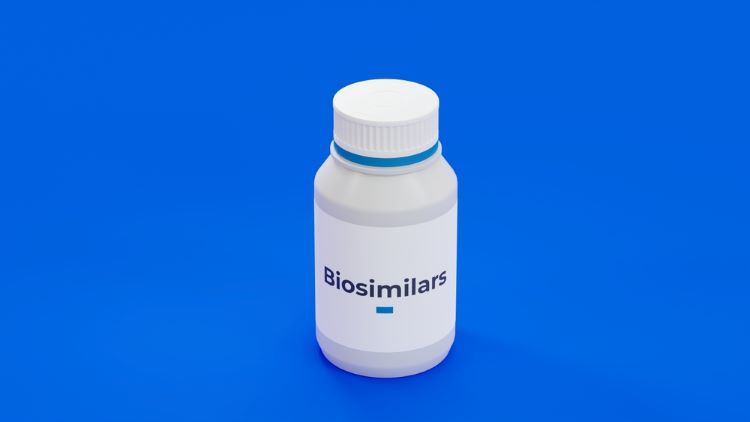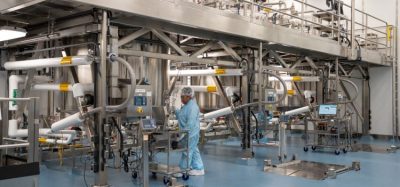Patent expiration to drive biosimilars market expansion to 2032
Posted: 11 April 2024 | Catherine Eckford (European Pharmaceutical Review) | No comments yet
Cost effectivity of biosimilars is predicted to be a key contributor to growth of the global biosimilar market to 2032, research states.


Expirations of biologic patents has enabled manufacturers to enter the market and offer lower-cost alternatives of these drugs, [which has] resulted in increased competition and price pressure, driving the growth of the biosimilar market”
A report published by Towards Healthcare has estimated that the global biosimilar market will value $1,26,019.67 million by 2032, at 17.6 percent CAGR between 2023 and 2032. Key drivers for the market include patent expirations of several biologic drugs and increasing demand for affordable biologic treatments, the author explained.
Over the past few years, the biosimilar market has expanded “rapidly” due to these medicines offering a cost-effective alternative to the reference product. This will also support increased demand. As of September 2022, there were around 39 biosimilars approved and 22 marketed, the report stated.
Expirations of biologic patents has enabled manufacturers to enter the market and offer lower-cost alternatives of these drugs, according to the report. This has resulted in “increased competition and price pressure, driving the growth of the biosimilar market”.
Because there are so many biosimilars in various stages of development, the report predicted that expansion of the biologics market will likely “slow down soon”.
Opportunities in the biosimilars market
Growing demand for biosimilars in emerging market like Asia and Latin America mean that there is a “significant” opportunity for biosimilar manufacturers. The report stated that demand for affordable biologic drugs is expected to increase, creating a larger market.
The author wrote that biosimilar products allow companies to reduce their spending on the development and commercial side. Consequently, this has led to “greater interest and investment in biosimilar development, as well as increased collaboration between biosimilar manufacturers and healthcare providers to improve patient access and uptake”.
In-house manufacturing has become “increasingly popular” with biosimilar companies, according to the report. It allows them to “optimise the manufacturing process and ensure quality control, [which is]… essential for gaining market acceptance”.
Additionally, this approach can help biosimilar companies to dominate the market by enabling them to reduce costs and accelerate the time to market their products. The latter of which is important in “gaining a competitive advantage”, the author noted.
Start-up advantage
Start-up companies have brought increased innovation and competition to the biosimilar market, and “have the potential to transform the biopharmaceutical industry”, according to the author.
One of their advantages is the “ability to leverage new technologies and manufacturing processes, often at a lower cost than traditional biopharmaceutical companies”. This means these companies can attain faster development of these products at a lower cost, the author shared.
As such, these firms “are expected to play an important role in the development and commercialisation of biosimilars in the coming years”. This is especially the case as more patents on reference biologics expire, the report explained.
Key challenges
A challenge for the market is the expense of manufacturing biosimilar medicines, the report noted. This included the production process itself and quality control requirements.
Regulation was also cited as an obstacle for the market. Due to the “extensive clinical testing” required to confirm that a biosimilar is safe and efficient, the author remarked that this can raise costs of development and increase time to market. However, with greater availability of safety and efficacy data, this is also expected to help expand the market, the report stated.
Overall, the report asserted that the biosimilar market is expected to expand its growth worldwide, driven by key factors including market competition and greater disease prevalence.
Related topics
Biologics, Biosimilars, Drug Development, Industry Insight, Research & Development (R&D), Therapeutics









